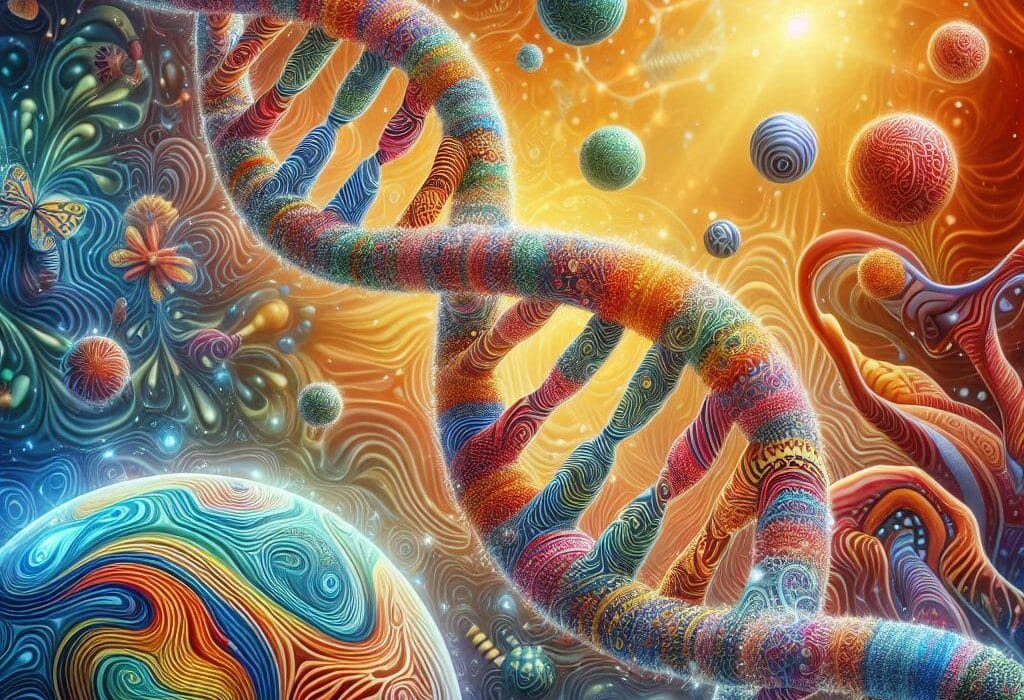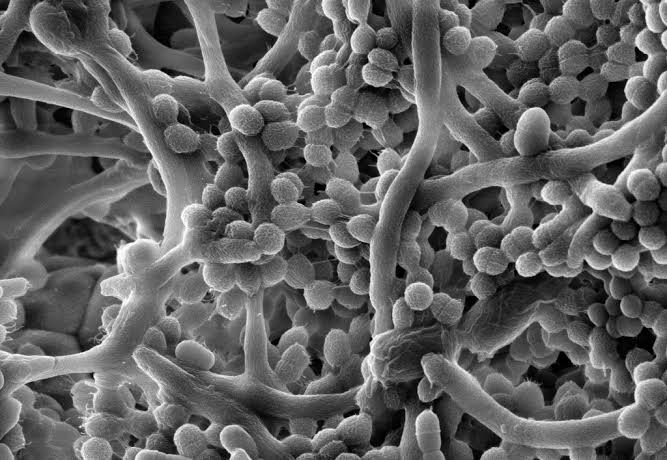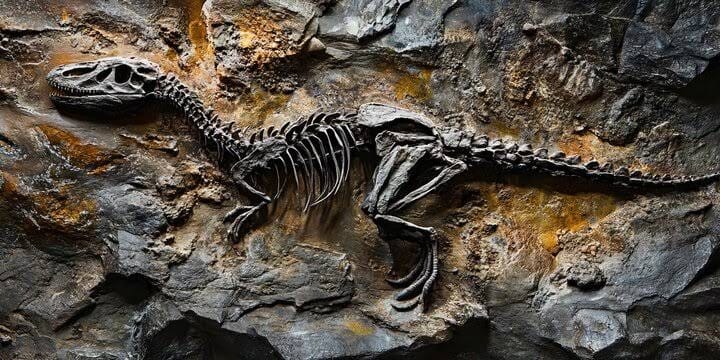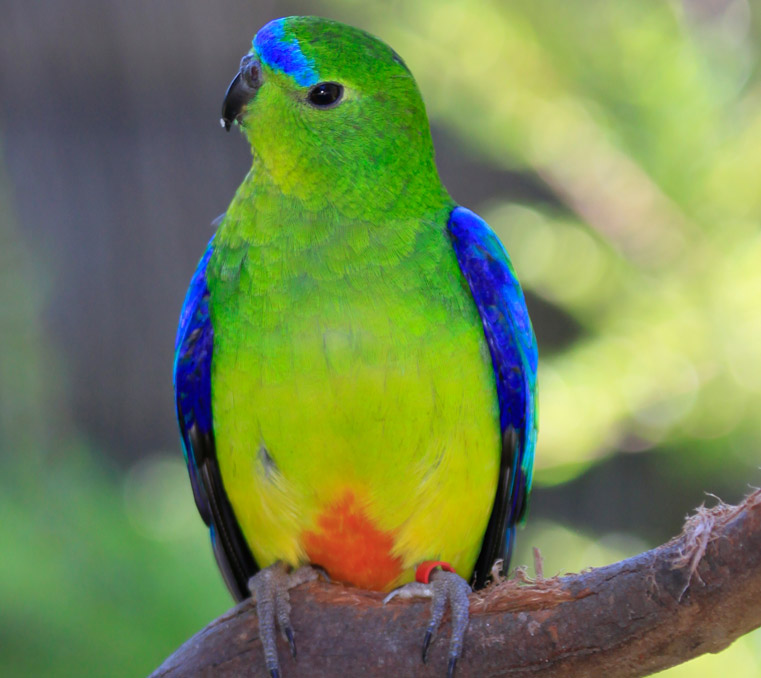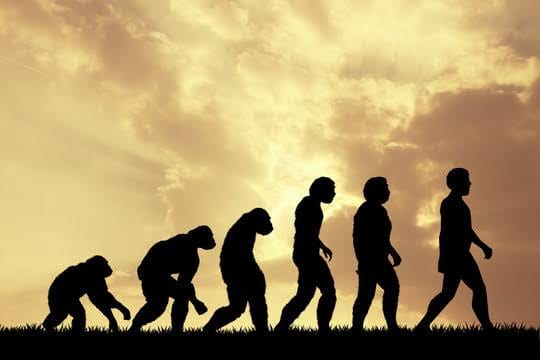Imagine Earth as a vast, ancient stage, billions of years old. On this stage, the drama of life unfolds—a story not written by human hands but etched in rock, bone, and DNA. From the simplest bacteria that floated in primordial seas to the complex intelligence that ponders its own origins today, all life is connected. This connection is not poetic fancy or philosophical conjecture. It is a conclusion supported by mountains of scientific evidence, rigorously tested and deeply explored. It is what scientists call evolution.
But what do scientists really say about evolution? Do they agree? Do they debate? Do they question the core idea or simply refine it? The answers reveal a truth more intricate and awe-inspiring than any fiction. Evolution, far from being a crumbling theory, is the bedrock of modern biology. It is the lens through which scientists view every fossil, every genome, every cell, and every living thing. It is not dogma—it is discovery.
Understanding the Meaning of Evolution
To understand what scientists say about evolution, one must first understand what evolution is—and what it is not. Evolution is not the idea that humans came from monkeys. It is not about linear progress toward some ultimate form. It is not about chance alone. It is, at its core, the change in the heritable characteristics of biological populations over successive generations.
This change is driven by several mechanisms: natural selection, genetic drift, mutation, gene flow, and recombination. These forces act on genetic variation, sorting and shuffling it over time, sometimes leading to the emergence of entirely new species.
When scientists speak of evolution, they are not talking about belief. Evolution is not a belief system. It is a scientific theory—a framework supported by evidence, tested by observation, and constantly refined as new data emerges. Like gravity or germ theory, evolution explains a vast array of phenomena in nature, from the fossil record to the immune system.
The Power of Natural Selection
Charles Darwin did not invent evolution. The idea that species change over time predates him by centuries. What Darwin did in On the Origin of Species was provide a mechanism: natural selection. This process, simple yet profound, occurs when individuals with traits better suited to their environment tend to survive and reproduce more than others. Over time, these advantageous traits become more common in the population.
Scientists today see natural selection as one of several mechanisms of evolution, but still a central one. It explains the beaks of finches, the camouflage of insects, the speed of predators, and the cunning of prey. It also explains, in a broader sense, how complex organs like eyes can evolve from simpler structures through gradual, step-by-step changes.
Critically, natural selection does not “design” with foresight. It works with what is available, favoring traits that work well now, not ones that might be useful in some distant future. This is why nature is full of imperfect adaptations—workarounds and compromises rather than perfect solutions.
Mutation: The Fuel of Evolutionary Change
Mutations are changes in DNA. They are often misunderstood as purely harmful, but in reality, they are the raw material for evolution. Most mutations are neutral. Some are harmful. But a few may confer a benefit in a specific environment.
Scientists have documented countless examples of beneficial mutations. In bacteria, for instance, mutations can confer resistance to antibiotics. In humans, a mutation in the CCR5 gene can make individuals immune to certain strains of HIV. In icefish of the Antarctic, mutations allow their blood to remain fluid in freezing waters.
Mutations occur randomly, but their fate is not random. Natural selection filters them, amplifying the useful and eliminating the detrimental. Over long periods, these small changes accumulate, sculpting the diversity of life.
Fossil Evidence: Traces of the Past
When scientists speak of evolution, they do not speak from abstraction. The fossil record is one of evolution’s most powerful allies. Layer after layer of sedimentary rock tells a chronological story of life. It is a record of change, of extinction and emergence, of branching and divergence.
Fossils reveal transitional forms—organisms that bridge the gap between major groups. Archaeopteryx links dinosaurs to birds. Tiktaalik bridges fish and amphibians. Ambulocetus reveals a walking whale. These are not “missing links” in the outdated sense, but snapshots in a continuous lineage.
Scientists don’t expect the fossil record to be complete—fossilization is a rare event. But the patterns that emerge from the evidence we do have are striking. Life appears in stages, not all at once. The deeper one digs, the simpler the organisms. The more recent the rock, the more complex and diverse life becomes.
DNA and the Molecular Revolution
In the 20th century, the discovery of DNA transformed the study of evolution. Suddenly, scientists could compare the very blueprints of life. What they found was astonishing: all living organisms, from bacteria to humans, share the same genetic language.
This shared code is not coincidental. It points to a common ancestry. Evolution predicts that closely related organisms should have more similar DNA, and this is exactly what is observed. Humans and chimpanzees share over 98% of their genome. Even the genes that regulate body development—the Hox genes—are conserved across vast swaths of life.
Molecular biology also confirms branching evolution. Scientists build phylogenetic trees—diagrams that trace evolutionary relationships—by comparing genetic sequences. These trees often match those built from fossils and anatomy. The convergence of independent lines of evidence is what gives evolution its strength.
Evolution in Real Time
Some critics of evolution argue that it is too slow to observe. But this is a misconception. Evolution is happening now, all around us, and scientists have documented it in real time.
Antibiotic resistance is a stark example. Bacteria evolve rapidly due to short generation times. When antibiotics kill off susceptible bacteria, resistant ones survive and multiply. This is evolution by natural selection, observable in hospitals and laboratories.
Other examples abound. Insects evolve resistance to pesticides. Viruses mutate and adapt to host immune systems. Birds change migratory patterns in response to climate change. Even human evolution continues: genetic studies show recent adaptations in high-altitude populations in Tibet, lactose tolerance in pastoral societies, and resistance to diseases like malaria.
Scientists do not simply infer evolution from fossils. They observe it directly. They experiment with it. They measure it in generations.
The Unity of Life
One of the most profound insights evolution provides is the unity of life. The tree of life, with its branches, twigs, and leaves, represents not separate creations, but diverging lineages from a common origin. From a single ancestral population of primitive cells, life diversified into the staggering array of organisms we see today.
Scientists have traced this lineage using comparative anatomy, embryology, and, most powerfully, genomics. The presence of vestigial organs—like the human tailbone or the remnants of eyes in blind cavefish—tell of ancestral forms no longer needed but still written in the genetic script.
Homologous structures—like the similar bone patterns in the limbs of whales, bats, cats, and humans—reveal shared evolutionary ancestry despite very different functions. Such similarities make no sense under separate design but become crystal clear through the lens of evolution.
Scientific Debate: Refining the Details, Not the Core
Science thrives on skepticism and debate, and evolutionary biology is no exception. But contrary to public misconceptions, the scientific debate is not about whether evolution occurred—it is about how it occurs in specific contexts.
For example, scientists debate the pace of evolutionary change. Is it gradual or punctuated by sudden shifts? They explore the role of developmental genes, epigenetics, and horizontal gene transfer. They argue over the evolutionary origins of specific traits, like consciousness or cooperation.
This debate is healthy. It pushes science forward. But it does not undermine the reality of evolution itself. In the same way physicists debate interpretations of quantum mechanics without denying atoms exist, biologists debate mechanisms without questioning the tree of life.
When scientists speak about evolution, they do so from a place of deep inquiry, not blind consensus. But that inquiry operates within a framework that has proven itself over and over.
Evolution and Human Identity
Perhaps the most emotional and controversial aspect of evolution is its implication for human origins. To accept evolution is to accept that humans are not the product of divine spontaneity, but of deep time and biological change. We are primates. Our closest living relatives are chimpanzees and bonobos. Our ancestors walked upright millions of years ago in African savannas. Our lineage includes australopithecines, Homo habilis, Homo erectus, Neanderthals, and others—all part of a tangled, branching history that led to Homo sapiens.
Scientists have traced this history through fossil skulls, tools, and most recently, DNA. The sequencing of ancient genomes—like those of Neanderthals and Denisovans—has confirmed interbreeding and complex migrations.
Yet scientists do not speak of human evolution as a reduction of our value. Quite the opposite. Understanding our place in nature can inspire awe, empathy, and humility. It connects us to every other species and to the Earth itself. It makes our shared humanity more vivid, not less.
Evolution in Education and Public Discourse
Despite its overwhelming support in the scientific community, evolution remains controversial in some societies. Misunderstandings persist. Some believe it undermines morality or religious belief. Others reject it outright due to literal interpretations of sacred texts.
Scientists, however, are not engaged in a war against faith. Many are people of faith themselves. What they seek is not to disprove religion, but to explain nature through observation and evidence. Science answers “how.” Religion often addresses “why.” The two can coexist, though tensions inevitably arise when religious doctrine contradicts empirical evidence.
When scientists advocate for teaching evolution in schools, they do so not to impose a worldview but to uphold scientific literacy. Evolution is not optional in biology—it is the foundation. To omit it would be like teaching chemistry without atoms or astronomy without stars.
The Unfinished Symphony of Life
Scientists do not consider evolution a finished story. There are gaps in knowledge, unanswered questions, and mysteries yet to unfold. How did life originate? What are the evolutionary roots of consciousness? How do new genes arise from non-coding DNA? These are the frontiers of modern biology.
But the existence of questions does not imply the absence of answers. Science is a journey, not a destination. Each discovery opens new avenues of exploration.
Evolution, as understood by scientists today, is not just a theory—it is a vibrant, living field of inquiry that stretches from ancient rocks to cutting-edge genetics, from fossil digs to CRISPR labs. It continues to evolve, just like the life it studies.
Conclusion: What Scientists Truly Believe
If one could gather the world’s biologists, paleontologists, geneticists, and evolutionary theorists into a single room and ask them: “Do you believe in evolution?” the answer would not be a matter of belief at all. It would be: “We accept it, we test it, we refine it—because it works.”
Evolution is not a threat to human dignity but a revelation of our deep kinship with all life. It is not chaos but order shaped by chance and necessity. It is not hopelessness but resilience, the story of life overcoming extinction, adapting, and thriving.
What scientists really say about evolution is this: It is the greatest scientific narrative ever told—not because it diminishes humanity, but because it includes us, explains us, and reminds us that we, too, are part of the grand and ongoing experiment that is life on Earth.

